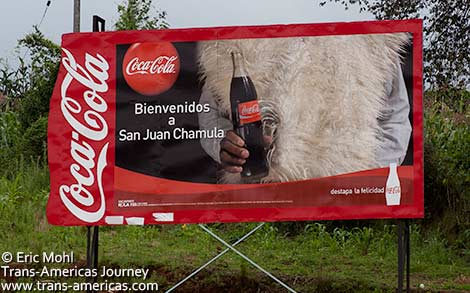Chamula and the Coca-Cola plague
Southeast Mexican state of Chiapas has the municipality of Chamula, which is renowned for its rich indigenous customs and lively indigenous culture. But in recent years, a peculiar occurrence has surfaced that has catapulted Chamula into the public eye: his enormous Coca-Cola drinking.
This is the tale of how an international beverage merged with the customs and day-to-day activities of this native tribe.
It all started in the 1960s when Coca-Cola launched an ambitious push into Mexico's outlying and rural areas. Chamula was one of the areas selected, given its mostly Tzotzil population. The locals were immediately drawn to the drink because of its sweet and revitalizing flavor.
Coca-Cola's assimilation into Chamula culture involved more than simply consumer culture; it also involved the blending of native customs and traditions. Coca-Cola was first used in religious rites by the locals, who are well-known for their religious syncretism, which blends Catholicism with indigenous beliefs.
The beverage was used as a spiritual healing aid and a sacrifice to the gods. Coca-Cola gas was used in place of the customary consumption of alcoholic drinks like fancy because it was thought to aid in driving evil spirits from the body.
A major contributing factor to the surge in Coca-Cola consumption in Chamula is the beverage's accessibility and, frequently, cheaper price as compared to drinking water. Chiapas's rural areas often lack access to clean drinking water, but the company's marketing operations have made Coca-Cola widely available despite the lack of safe drinking water in many small businesses.

Wow, this is interesting.
So coca-cola is a sacred drink, 😁